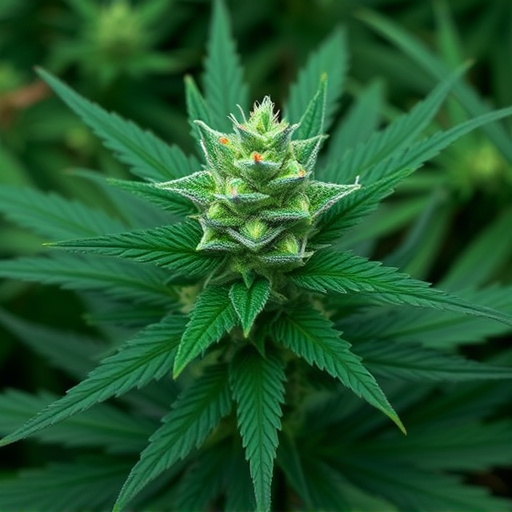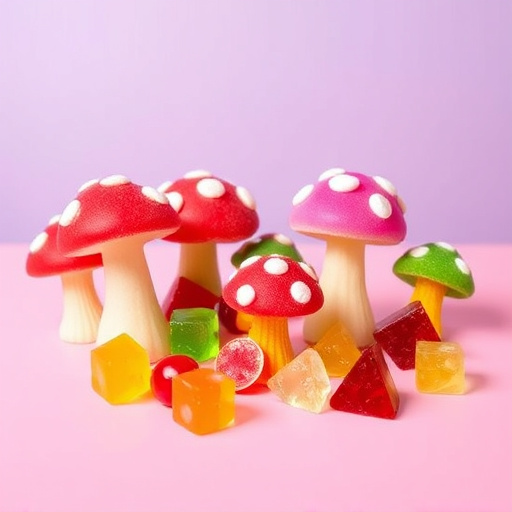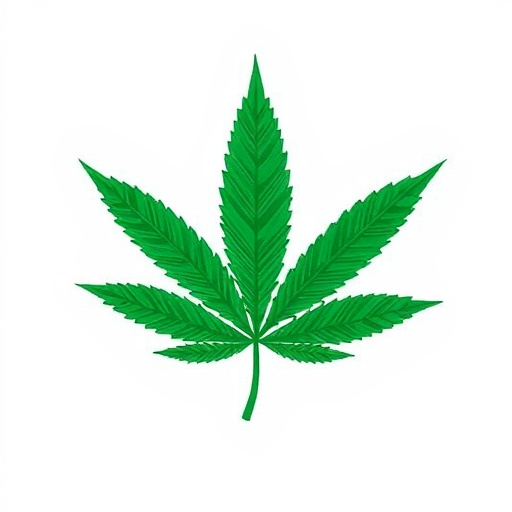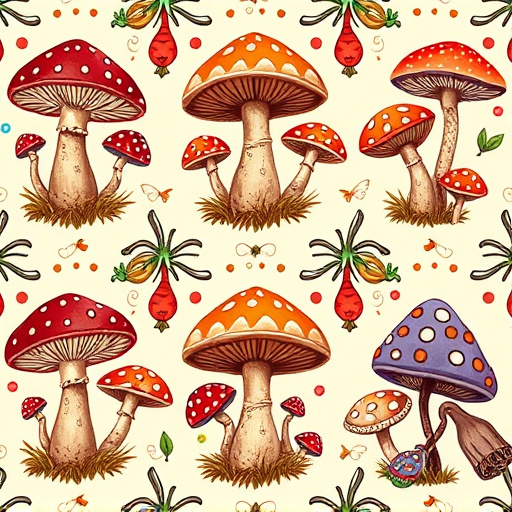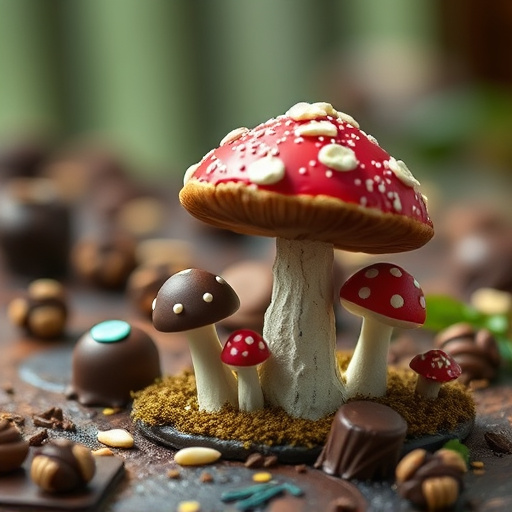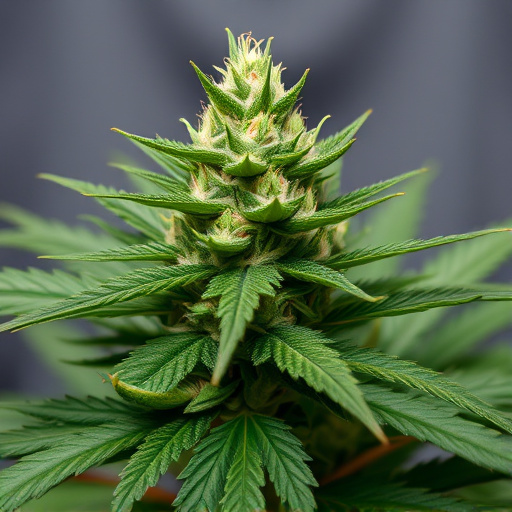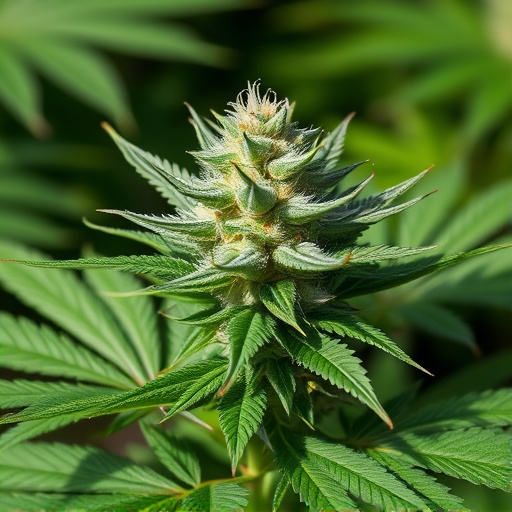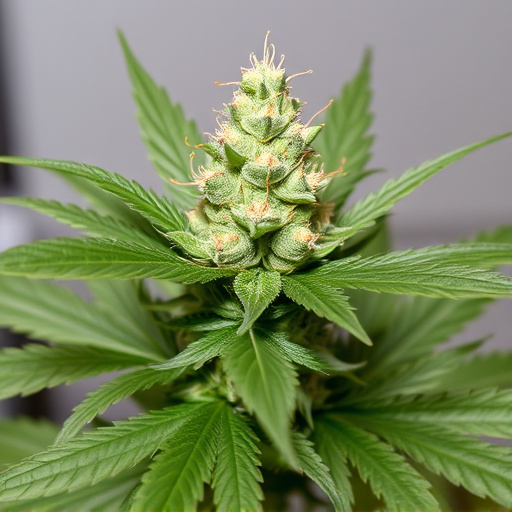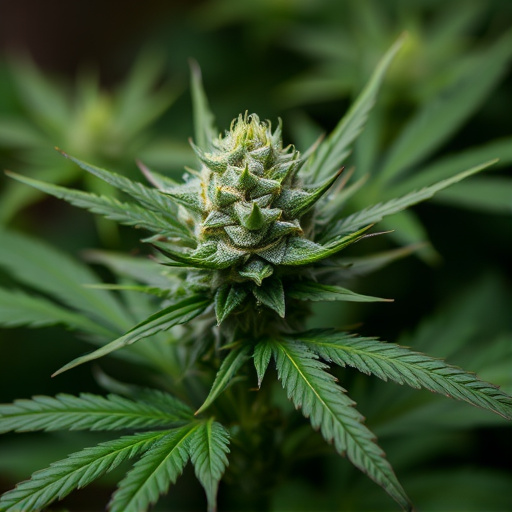Cannabis curing is a key step in transforming raw harvested flowers into a superior product, especially for low odor strains known for their subtle aromas. This meticulous process involves controlled drying and storage to reduce moisture, allowing complex terpenes and cannabinoids to develop fully, thereby enhancing aroma, flavor, and potency. Proper curing techniques, lasting 4-6 weeks, maintain even maturation and retain potency, offering consumers a refined cannabis experience with nuanced profiles that harmonize flavor and effects. Optimizing curing methods is crucial for unlocking the full potential of low odor cannabis strains, ensuring high-quality buds with desirable attributes through consistent air circulation and optimal humidity levels.
“Uncover the secrets behind maximizing cannabis flower potency with our comprehensive guide. Explore the art of curing, a process that transforms raw plant material into potent medicine. Learn how understanding low odor cannabis strains enhances the cure, resulting in superior quality and flavor. Discover optimal curing techniques to unlock the full potential of your harvest. From strain selection to post-cure analysis, this article provides insights for cultivators aiming to produce top-tier cannabis.”
- Understanding Cannabis Curing and Its Impact on Potency
- The Role of Low Odor Strains in the Curing Process
- Optimizing Curing Techniques for Enhanced Flower Potency
Understanding Cannabis Curing and Its Impact on Potency
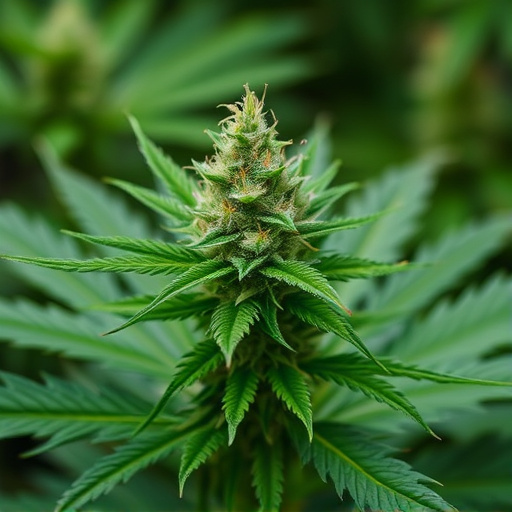
Cannabis curing is a process that involves slowly drying and storing harvested cannabis flowers to enhance their overall quality and potency. This method, often referred to as “curing” or “aging,” is crucial in transforming raw cannabis into a more refined product. During curing, the moisture content in the flowers reduces, allowing for the gradual development of complex terpenes and cannabinoids that contribute to the plant’s unique aroma, flavor, and potent effects.
For low odor cannabis strains, which are often sought after by consumers seeking discrete experiences, the art of curing becomes even more significant. Curing techniques can help mellow out any strong or unpleasant scents while amplifying desirable attributes. It is a delicate process that requires specific environmental conditions, including controlled temperature and humidity levels, to ensure the flowers mature evenly and retain their potency throughout. By understanding and implementing proper curing practices, cannabis cultivators can unlock the full potential of their plants, offering consumers a superior experience with enhanced effects and an improved overall sensory profile.
The Role of Low Odor Strains in the Curing Process

The curing process plays a pivotal role in enhancing the potency and overall quality of cannabis flowers, and low odor strains are often at the forefront of this transformation. These particular strains, known for their subtle and earthy aromas, have unique benefits during the cure. The absence of potent, pungent terpenes, which can sometimes overpower other flavors and aromas, allows the subtler, underlying notes to shine through after curing.
By carefully selecting low odor cannabis strains, cultivators can ensure that the delicate balance of cannabinoids and flavonoids is not masked by strong terpenes. This meticulous approach enables the cured buds to exhibit a more nuanced profile, with subtle floral, fruity, or earthy tones becoming more pronounced. The result is a refined cannabis experience where potency and flavor intertwine harmoniously.
Optimizing Curing Techniques for Enhanced Flower Potency
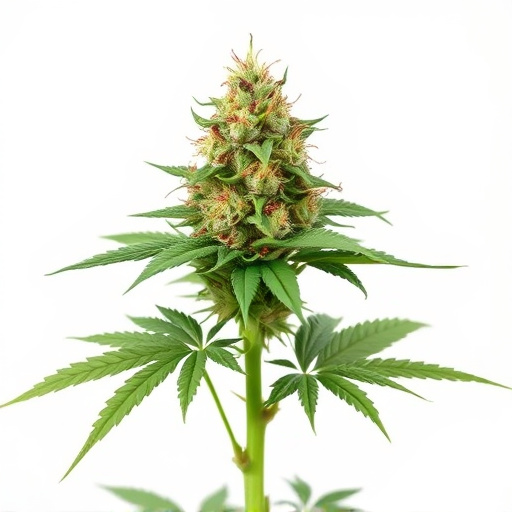
Optimizing curing techniques is key to unlocking the full potential of cannabis flowers, especially for those seeking enhanced potency. The process involves carefully controlling temperature, humidity, and ventilation to preserve terpenes, flavonoids, and cannabinoids, all of which contribute to the plant’s overall potency and desirable effects. For low odor cannabis strains, this becomes even more critical as volatile compounds responsible for scent can significantly impact flavor and aroma profile during curing.
Proper curing takes time—typically 4-6 weeks—and involves hanging cured buds in a cool, dark, and dry place with consistent air circulation. Using glass jars or specialized curing bags helps maintain optimal humidity levels while preventing moisture buildup, which can lead to mold or degradation of compounds. Regularly checking the buds’ progress, gently squeezing to assess their density, ensures they cure evenly, preserving both potency and quality.
In conclusion, curing plays a pivotal role in enhancing the potency of cannabis flowers. By understanding the impact of curing on cannabinoid profiles and employing optimal techniques, cultivators can unlock the full potential of their plants, particularly with low odor cannabis strains. This process ensures that the final product delivers a more robust and enjoyable experience for consumers.
